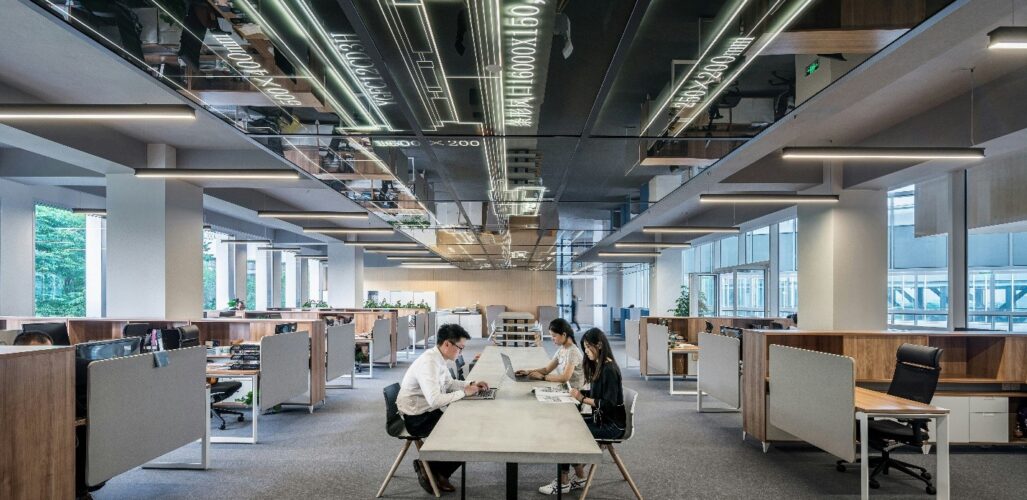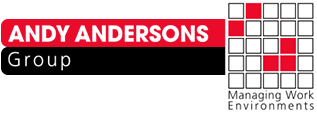-
admin@andyandersons.net.au
Send mail
-
Call Anytime (03) 9988 1228
-
Unit 2/44-48 Lock Ave,
Werribee VIC 3030, Australia -
- Welcome to our Andy Andersons Group!

The modern workplace has evolved, with co-working spaces and shared office equipment becoming the norm. While these environments foster collaboration and flexibility, they also present significant hygiene challenges. Germs and bacteria thrive in communal office settings, potentially leading to illness, decreased productivity, and an unhealthy work atmosphere.
How Bacteria Spreads in Shared Workspaces
A single touchpoint in a shared office—such as a keyboard, mouse, or door handle—can harbor thousands of bacteria. Studies have shown that communal office desks contain more germs than a toilet seat, largely due to frequent contact and infrequent deep cleaning.
Common High-Touch Contaminated Surfaces:
- Keyboards and Mice: Employees share these devices without sanitizing them, allowing bacteria to spread rapidly.
- Desks and Chairs: Used by multiple people, these surfaces accumulate dust, sweat, and microbes.
- Shared Kitchen Areas: Coffee machines, refrigerators, and microwave handles are often breeding grounds for bacteria.
- Printers and Copy Machines: With multiple users touching the buttons daily, these machines are hotspots for microbial contamination.
Viruses and bacteria can survive on these surfaces for hours or even days, increasing the risk of cross-contamination among employees.
Mitigating Hygiene Risks with Effective Cleaning Solutions
A proactive cleaning strategy is essential to maintaining a hygienic shared workspace. Implementing the following solutions can significantly reduce bacterial contamination:
- Regular Disinfection of High-Touch Surfaces
Using hospital-grade disinfectants on desks, keyboards, and shared equipment minimizes the spread of bacteria. Daily wipe-downs, combined with scheduled deep cleaning, ensure surfaces remain sanitary.
- Proper Hand Hygiene Enforcement
Encouraging employees to wash their hands frequently and providing alcohol-based hand sanitizers in communal areas helps prevent the transfer of germs.
- Professional Cleaning Services
Hiring a specialized cleaning service ensures thorough sanitation of all office areas, from workstations to restrooms and break rooms. Expert cleaners use industry-standard disinfectants and techniques to target bacteria-prone surfaces effectively.
- Air Quality Maintenance
Airborne bacteria and viruses can linger in poorly ventilated offices. Regular HVAC maintenance, air purifiers, and open windows can improve air circulation and reduce microbial spread.
- Personal Responsibility and Awareness
Educating employees about hygiene best practices—such as disinfecting personal workspaces, not eating at desks, and avoiding shared supplies—fosters a culture of cleanliness.
Co-working spaces and shared office environments pose hidden hygiene risks that can impact employee health and productivity. A combination of regular disinfection, professional cleaning services, and personal hygiene habits can significantly reduce bacterial contamination. By prioritizing cleanliness, businesses can create safer, healthier workspaces for all employees.
Photo by LYCS Architecture on Unsplash
